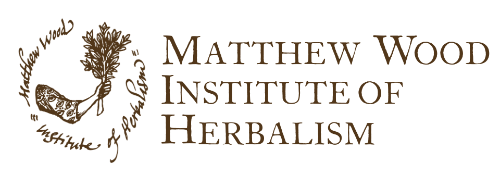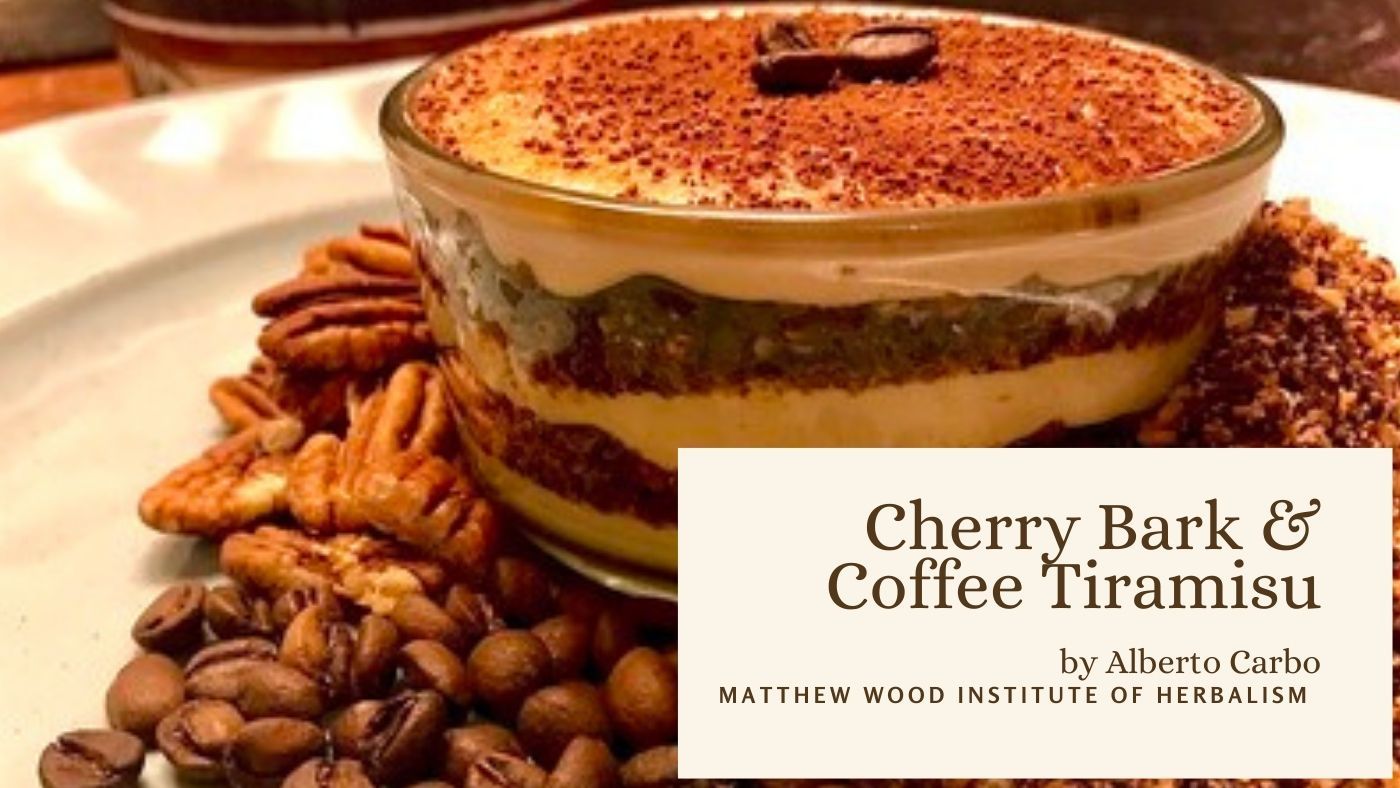Jump to Recipe
Coffee is a plant with a fascinating history, and one that not many are familiar with. Join me on this journey through time, which culminates in the fertile soils of Colombia, where Ervin Liz, a small-scale coffee producer is growing some of the world’s most unique coffee. I’ll also share some recipes!
Long ago (some say around 800 CE) Kaldi, a goat herder from Kaffa, Ethiopia, was going about his daily routine as a goat herder and noticed that his docile goats were particularly full of energy, jumping around more than usual, almost as if dancing, and bleating louder than normal. He kept observing them and realized that he had never noticed them chewing on a particular berry.
He had a closer look and noticed that the shrubs were quite abundant in a variety of berries - deep red berries, green, and yellowish ones that seemed to be somewhere in between. The goats were only reaching for the red ones.
Following the lead of his goats, he took a red berry and rolled it around in his hand. He wanted to try one, but he was being cautious. After a while, he slit the red fruit with his thumbnail and was delighted with the aroma that filled his nostrils.
He could not believe the incredible scents that were emanating from this small red treasure. The floral, semi-sweet, and earthy scents were invigorating on their own, and with curiosity taking over, Kaldi popped the red berry in his mouth.
Now he understood what his goats had experienced! He felt invigorated, and stimulated - his senses felt sharp. This began the long and intimate relationship between the Oromo people of southwestern Ethiopia and the wild, untamed plant that came to be known as coffee (from Kaffa).
For many, many generations, the people of Ethiopia integrated these wonderful beans into their culture. They would crush the ripe red berries and mixed them with animal fats, which were then shaped into balls that could be carried on long journeys, and eaten when beginning to fatigue.
It is thought that the custom of chewing on coffee predated the modern-day beverage for a long time. It is likely that enslaved people from Sudan brought the practice of chewing on the beans along with them, as they chewed on coffee to help them survive the difficult journey of the Muslim slave trade routes that went through Abyssinia, which is now known as Ethiopia.
Coffee seeds made it to Yemen and became incredibly popular in the Arabian world. There is debate about whether coffee originated in Ethiopia or Yemen, however, the genetic biodiversity of the coffee plants in Ethiopia strongly demonstrates that these plants were growing in the wild, while the genetic diversity of the plants found in Yemen is less diverse.
From the coastal city of Mokha, Yemen, the coffee trade made it to Egypt and the rest of Northern Africa and was eventually brought to Europe through the bustling port of Sicily, Italy, in 1615, slowly spreading in popularity throughout the continent with the first coffeehouse opening in Vienna, Austria, in 1683. By the end of the 17th century, there were over 300 coffeehouses in London.
Such was the popularity of these magical seeds that Europeans tried to cultivate coffee on European soil, which of course, did not work. The Dutch, after attempting to plant coffee in India with no success, succeeded on the island of Java in what is now Indonesia.
A French naval officer by the name of Gabriel de Clieu obtained a seedling from a plant that had been gifted to King Louis XIV, by the Dutch. De Clieu brought this seed to Martinique and began propagating coffee, with the purpose of cultivation of course, successfully. It is said that this seedling was the parent of all coffee trees throughout the Caribbean, South, and Central America.
Colombia, in the times of colonization, had some of the biggest ports on the Caribbean coast, through which many goods were traded and distributed inland, or out to the world. Coffee was brought to Colombia by Jesuits in the 18th century, and by 1835 the first bags of coffee were produced in the northeastern regions.
Apparently, Jesuit Priest Francisco Romero would impose the penance of sowing coffee seeds on his parishioners whenever they confessed, and surely, coffee production quickly expanded into other Departamentos (States).
Throughout the 19th century, coffee production increased and became a staple crop in several regions of the country, while abroad, the quality and taste of Colombian coffee was increasingly sought after. In my opinion, Colombia’s geographical location and topography are the reason for the incredible quality of the coffee that grows there. Colombia and Ethiopia have similar latitudes and are both blessed with large mountain ranges and similar climates. Of all of the places in the world that cultivate coffee, I think Colombia resembles its original environment more than any other.
Unfortunately, Colombia is rife with corruption, and the Campesinos (farmers and rural people) of Colombia have long been taken advantage of. In the beginning, coffee was mostly cultivated in the eastern regions of the country, however, at the start of the 20th century, coffee production began to shift from the east to the west, where smaller producers, were better positioned to compete in the international markets. This led to the creation of the Federación Nacional de Cafeteros, an NGO created to represent coffee growers on a national and international level.
Despite the Federacion Nacional de Cafeteros, there is still a lot of inequality and many coffee farmers are not well compensated for their arduous labor. Big corporations, both national and international, hoard the profits, leaving coffee farmers in a dire situation. This is sadly a part of coffee’s history, and not unique to Colombia.
In the last decade, direct-to-consumer distribution has grown more popular, which provides a much-needed alternative to the corporate machine, and empowers individuals who prioritize the wellbeing of their families, and communities.
In the southwestern region of Colombia called Cauca, in the Indigenous Reservation of Togoima, there is a growing movement of coffee growers who have come together, and who keep their land, their people, and their wellbeing at the forefront of their craft.
Ervin Liz is a young and enthusiastic entrepreneur who grew up in the Togoima reservation. His grandparents were gifted some coffee seeds by a Catholic priest and have been cultivating coffee ever since, bringing coffee down the mountain on horseback for many, many years. Throughout his life, Ervin witnessed the inequality and maltreatment by big coffee distributors, who negligently disrespect farmers, making it difficult for producers to provide for their families.
Ervin transformed his life experience into a driving force that inspired the creation of Native Root, a company that is focused on distributing incredible coffee while ensuring that the growers and producers are compensated fairly.
Native Root makes the commitment of paying farmers 10% and more for their incredible labor. His family farm, as well as 60 other families, have joined the movement and continue to produce high-end coffee that is rich and unique.
The topography in the Resguardo Indigena Togoima is lush and mountainous, with abundant rainfall, which is what makes Native Root such a unique coffee. The coffee plants grow between 1900 – 2200 meters above sea level (6230-7220 feet). Although at this altitude, the coffee takes longer to ripen, it is also less susceptible to a common fungus and has a chance to accumulate more nutrients and develop sugars, lending to its complex taste.
Over the years, different varieties within the arabica family have made their way to the fertile soils of Togoima. The Tabi Yellow Honey is my favorite at the moment. It has a unique and subtle sweetness that almost resembles that of cacao blossoms. I was certainly happy about these new flavors for culinary endeavors!
Long ago (some say around 800 CE) Kaldi, a goat herder from Kaffa, Ethiopia, was going about his daily routine as a goat herder and noticed that his docile goats were particularly full of energy, jumping around more than usual, almost as if dancing, and bleating louder than normal. He kept observing them and realized that he had never noticed them chewing on a particular berry.
He had a closer look and noticed that the shrubs were quite abundant in a variety of berries - deep red berries, green, and yellowish ones that seemed to be somewhere in between. The goats were only reaching for the red ones.
Following the lead of his goats, he took a red berry and rolled it around in his hand. He wanted to try one, but he was being cautious. After a while, he slit the red fruit with his thumbnail and was delighted with the aroma that filled his nostrils.
He could not believe the incredible scents that were emanating from this small red treasure. The floral, semi-sweet, and earthy scents were invigorating on their own, and with curiosity taking over, Kaldi popped the red berry in his mouth.
Now he understood what his goats had experienced! He felt invigorated, and stimulated - his senses felt sharp. This began the long and intimate relationship between the Oromo people of southwestern Ethiopia and the wild, untamed plant that came to be known as coffee (from Kaffa).
For many, many generations, the people of Ethiopia integrated these wonderful beans into their culture. They would crush the ripe red berries and mixed them with animal fats, which were then shaped into balls that could be carried on long journeys, and eaten when beginning to fatigue.
It is thought that the custom of chewing on coffee predated the modern-day beverage for a long time. It is likely that enslaved people from Sudan brought the practice of chewing on the beans along with them, as they chewed on coffee to help them survive the difficult journey of the Muslim slave trade routes that went through Abyssinia, which is now known as Ethiopia.
Coffee seeds made it to Yemen and became incredibly popular in the Arabian world. There is debate about whether coffee originated in Ethiopia or Yemen, however, the genetic biodiversity of the coffee plants in Ethiopia strongly demonstrates that these plants were growing in the wild, while the genetic diversity of the plants found in Yemen is less diverse.
From the coastal city of Mokha, Yemen, the coffee trade made it to Egypt and the rest of Northern Africa and was eventually brought to Europe through the bustling port of Sicily, Italy, in 1615, slowly spreading in popularity throughout the continent with the first coffeehouse opening in Vienna, Austria, in 1683. By the end of the 17th century, there were over 300 coffeehouses in London.
Such was the popularity of these magical seeds that Europeans tried to cultivate coffee on European soil, which of course, did not work. The Dutch, after attempting to plant coffee in India with no success, succeeded on the island of Java in what is now Indonesia.
A French naval officer by the name of Gabriel de Clieu obtained a seedling from a plant that had been gifted to King Louis XIV, by the Dutch. De Clieu brought this seed to Martinique and began propagating coffee, with the purpose of cultivation of course, successfully. It is said that this seedling was the parent of all coffee trees throughout the Caribbean, South, and Central America.
Colombia, in the times of colonization, had some of the biggest ports on the Caribbean coast, through which many goods were traded and distributed inland, or out to the world. Coffee was brought to Colombia by Jesuits in the 18th century, and by 1835 the first bags of coffee were produced in the northeastern regions.
Apparently, Jesuit Priest Francisco Romero would impose the penance of sowing coffee seeds on his parishioners whenever they confessed, and surely, coffee production quickly expanded into other Departamentos (States).
Throughout the 19th century, coffee production increased and became a staple crop in several regions of the country, while abroad, the quality and taste of Colombian coffee was increasingly sought after. In my opinion, Colombia’s geographical location and topography are the reason for the incredible quality of the coffee that grows there. Colombia and Ethiopia have similar latitudes and are both blessed with large mountain ranges and similar climates. Of all of the places in the world that cultivate coffee, I think Colombia resembles its original environment more than any other.
Unfortunately, Colombia is rife with corruption, and the Campesinos (farmers and rural people) of Colombia have long been taken advantage of. In the beginning, coffee was mostly cultivated in the eastern regions of the country, however, at the start of the 20th century, coffee production began to shift from the east to the west, where smaller producers, were better positioned to compete in the international markets. This led to the creation of the Federación Nacional de Cafeteros, an NGO created to represent coffee growers on a national and international level.
Despite the Federacion Nacional de Cafeteros, there is still a lot of inequality and many coffee farmers are not well compensated for their arduous labor. Big corporations, both national and international, hoard the profits, leaving coffee farmers in a dire situation. This is sadly a part of coffee’s history, and not unique to Colombia.
In the last decade, direct-to-consumer distribution has grown more popular, which provides a much-needed alternative to the corporate machine, and empowers individuals who prioritize the wellbeing of their families, and communities.
In the southwestern region of Colombia called Cauca, in the Indigenous Reservation of Togoima, there is a growing movement of coffee growers who have come together, and who keep their land, their people, and their wellbeing at the forefront of their craft.
Ervin Liz is a young and enthusiastic entrepreneur who grew up in the Togoima reservation. His grandparents were gifted some coffee seeds by a Catholic priest and have been cultivating coffee ever since, bringing coffee down the mountain on horseback for many, many years. Throughout his life, Ervin witnessed the inequality and maltreatment by big coffee distributors, who negligently disrespect farmers, making it difficult for producers to provide for their families.
Ervin transformed his life experience into a driving force that inspired the creation of Native Root, a company that is focused on distributing incredible coffee while ensuring that the growers and producers are compensated fairly.
Native Root makes the commitment of paying farmers 10% and more for their incredible labor. His family farm, as well as 60 other families, have joined the movement and continue to produce high-end coffee that is rich and unique.
The topography in the Resguardo Indigena Togoima is lush and mountainous, with abundant rainfall, which is what makes Native Root such a unique coffee. The coffee plants grow between 1900 – 2200 meters above sea level (6230-7220 feet). Although at this altitude, the coffee takes longer to ripen, it is also less susceptible to a common fungus and has a chance to accumulate more nutrients and develop sugars, lending to its complex taste.
Over the years, different varieties within the arabica family have made their way to the fertile soils of Togoima. The Tabi Yellow Honey is my favorite at the moment. It has a unique and subtle sweetness that almost resembles that of cacao blossoms. I was certainly happy about these new flavors for culinary endeavors!
Edible Soil
Tiramisu
As always make sure to forage for plants away from roads and pollution as much as possible. Never overharvest any plant, as they are of course not only here for our enjoyment, but also here for the insects, bees, and birds. Have fun out there!
**Permissions**
You’re welcome to share this blog post on social media and link back to it—please do! All images, photos, and written content are the creative property of the author and used with permission. If you’d like to reproduce or distribute any part of this content beyond social sharing, written permission is required.
**Disclaimer**
The information provided in this digital content is for educational purposes only and is not intended as medical advice, diagnosis, or treatment. It should not be used as a substitute for consultation with a qualified healthcare professional. Always consult a licensed healthcare provider before making any changes to your health regimen, especially if you are pregnant, nursing, taking medications, or have a diagnosed medical condition.
Matthew Wood, the Matthew Wood Institute of Herbalism, Earth to Stars Productions, and their employees, guests, affiliates, and collaborators assume no liability for the use or misuse of any information presented. The application of any material is solely the responsibility of the reader or participant.
Any descriptions of herbal or natural products, remedies, or techniques are for informational purposes only. These statements have not been evaluated by the Food and Drug Administration (FDA). This content is not intended to diagnose, treat, cure, or prevent any disease.
Participation in educational programs or use of this material does not confer certification, licensure, or professional qualification in herbal medicine or any healthcare field. Results or experiences described may vary and are not guaranteed.
This disclaimer shall be governed by and construed in accordance with the laws of Minnesota, USA, without regard to conflict of law principles.


